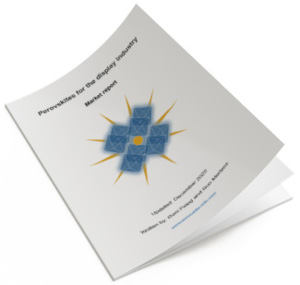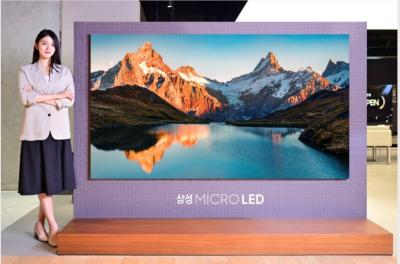Researchers study interfacial fracture of perovskite light emitting devices
Researchers from the U.S and Ghana recently examined the fracture behavior of Perovskite Light Emitting Devices (PLEDs), emphasizing the importance of interfacial toughness in device performance. This can influence future materials and interface engineering strategies in optoelectronic devices.
Understanding the interfacial fracture toughness of PLEDs can guide the design of more robust devices by improving the adhesion between layers and reducing defect propagation. This can lead to enhanced performance and durability of PLEDs.






